One of the basic laws of physics that students learn in high school is that the planets orbit around the Sun not in perfect circles by rather in the flattened circles formally known as ellipses, see image below. This idea of orbits being ellipses is Johannes Kepler’s first law of planetary motion.
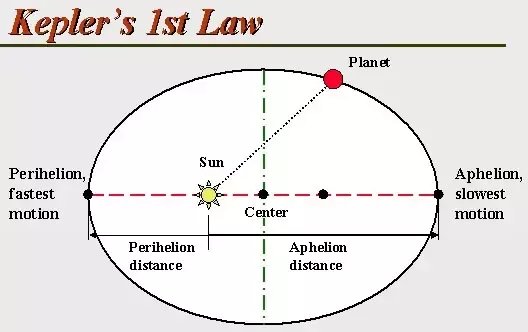
A few decades after Kepler Sir Isaac Newton showed that it was the gravitational pull of the Sun that pulled the planets into those elliptical orbits. However, an orbit is only a precise ellipse if there is just a star and one planet. In our Solar system the other planets have their own gravitational pulls as well, although they are not nearly as strong as the Sun’s. Nevertheless because of the planets all pulling on each other those elliptical orbits aren’t exact, they all wobble around a bit.
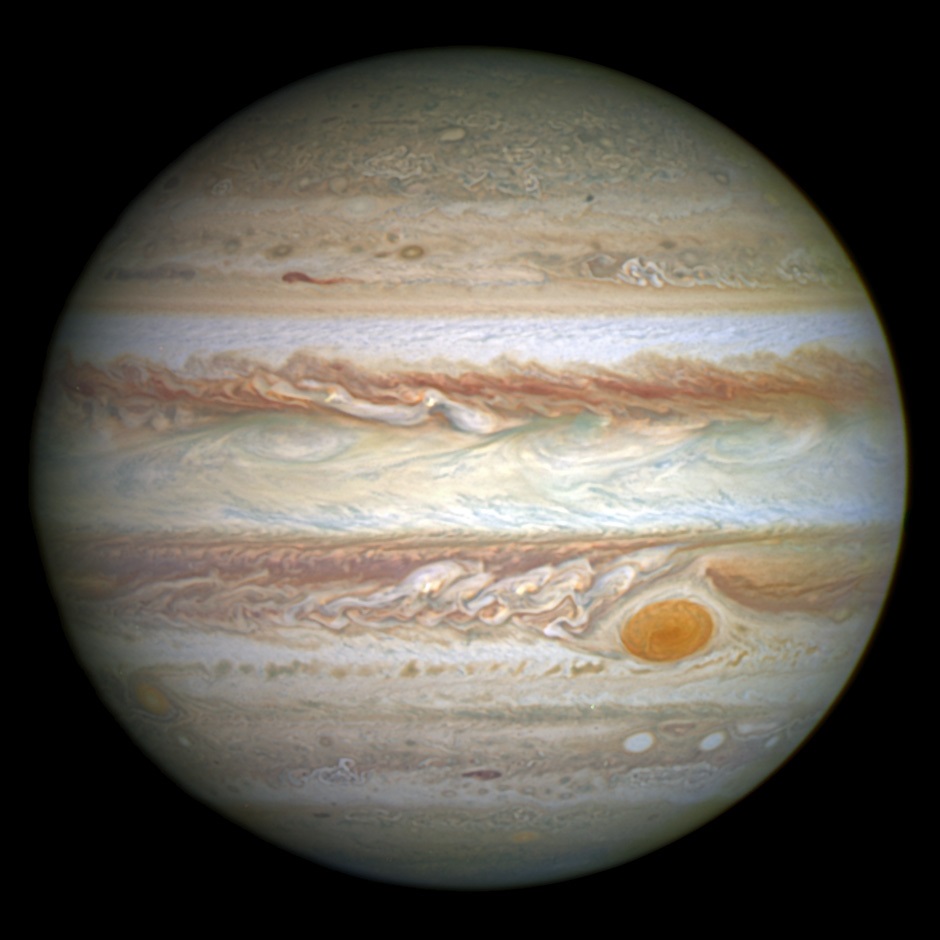
In fact after the planet Uranus was discovered astronomers found that its orbit had a wobble in it that couldn’t be explained by the gravitational pulls of the then known planets. In the year 1821 it was suggested that another planet, further out than Uranus could be the culprit and after a lot of math, more than 20 years of calculations by hand, the planet Neptune was discovered in 1846 right where Newton’s gravity said it would be.
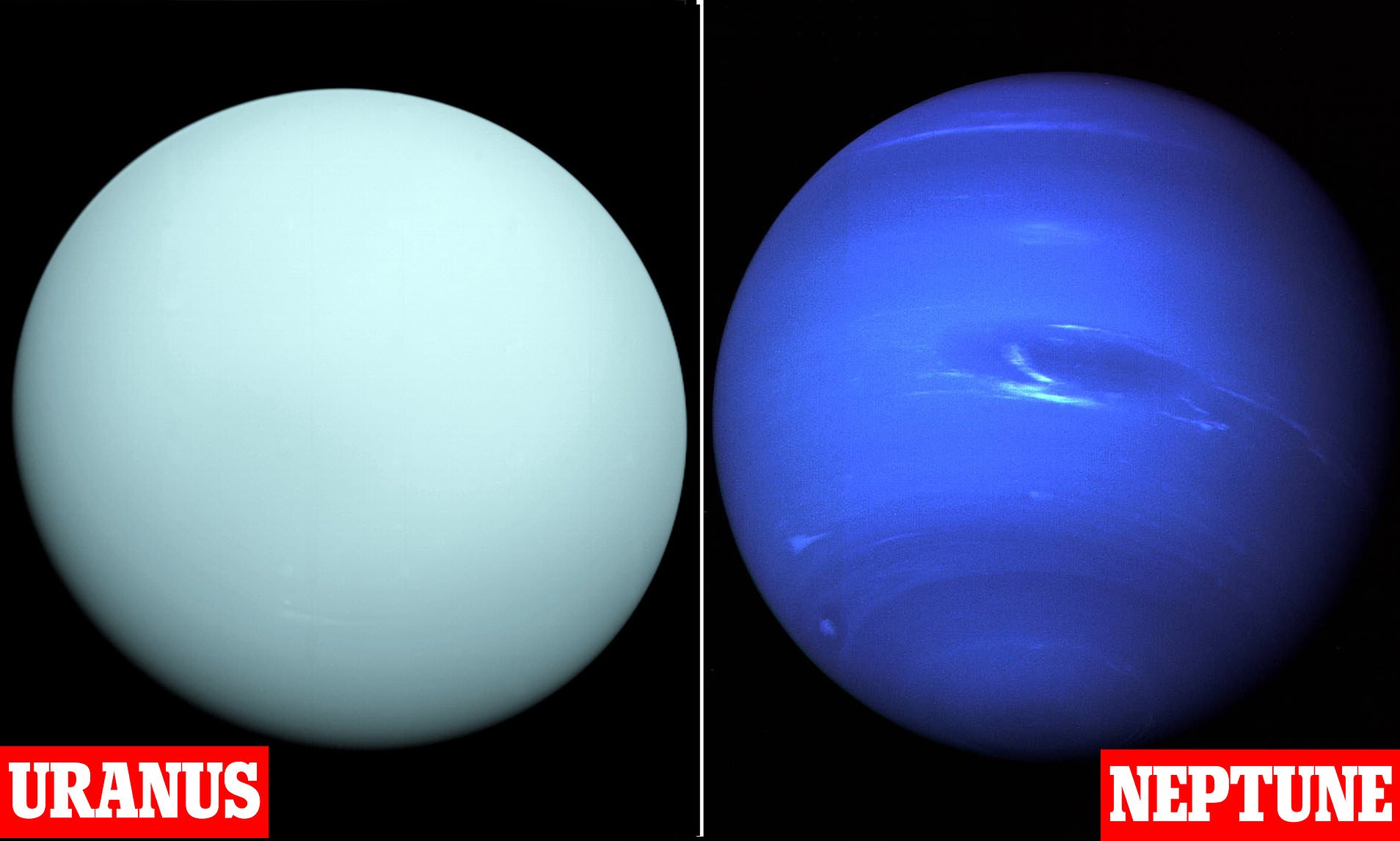
Just a few years later, 1859 to be exact, a peculiar kind of wobble, known as the precession of perihelion, was found in the orbit of Mercury. Now perihelion is the closest point to the Sun in the orbit of a planet and a precession would mean a shifting of where, relative to the Sun, perihelion occurs. See image below.
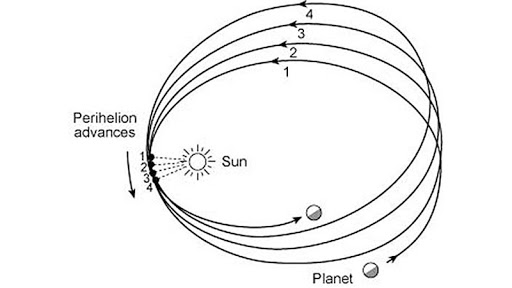
By the way, this shift measured by the astronomers was tiny, amounting to only 43 seconds of arc per century. If you recall that a complete circle has 360 degrees and each degree is made up of 60 minutes and each minute has 60 seconds then you can see that a change of 43 seconds in a century is very small indeed.
Once again it was suggested that another planet, one even closer to the Sun than Mercury, was the cause of the precession. After their success with Neptune the astronomers were so certain that they gave this ‘new planet’ the name Vulcan before they even found it. In fact they never found it, despite searching for more than 30 years.
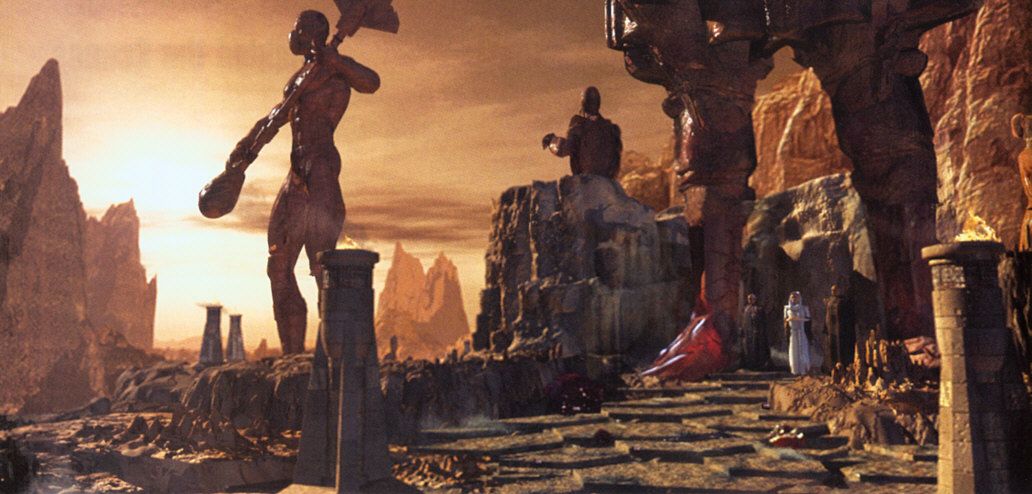
It was Einstein who finally figured out what was going on. In his General Theory of Relativity in 1915 the physicist described gravity not as a force that passed between two massive bodies but rather as a bending of space-time itself. This bending of space-time causes the motion of objects to deflect from a straight line and if the bending is enough, if gravity is strong enough, the ‘straightest path’ for an object can be a closed elliptical orbit.
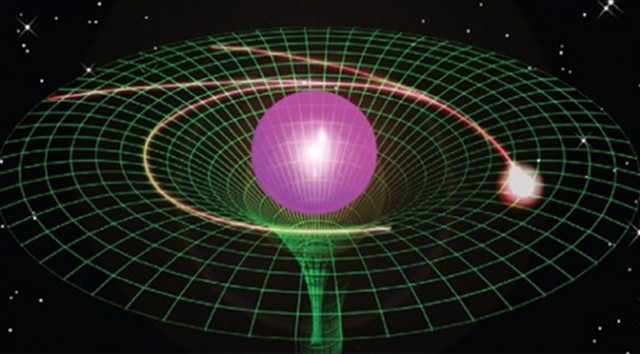
For a weak gravitational field the difference between Newton and Einstein is extremely small. So small that when NASA sends a space probe to another planet it uses Newton’s equations not Einstein’s. The math needed with Newton is just so much easier, trust me.
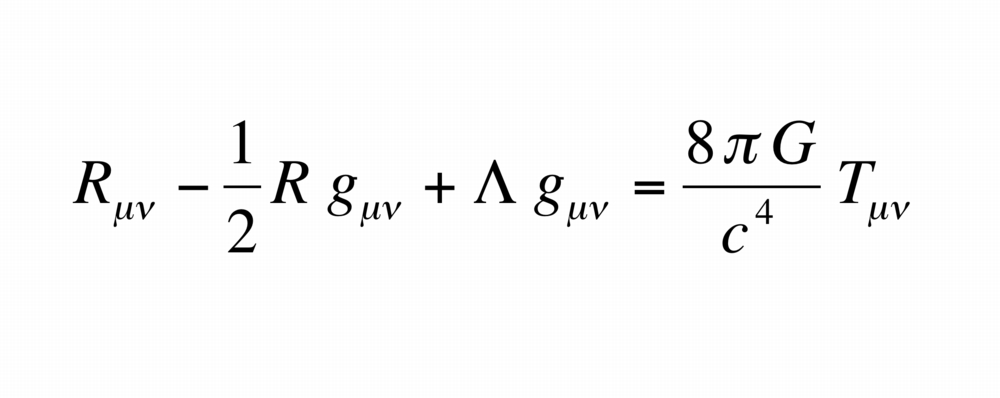
As the strength of gravity grows however the difference between the two theories grows exponentially. That’s why Einstein’s theory predicts the existence of black holes, objects with gravity so strong that nothing can escape them, while Newton’s theory doesn’t. And if you get close enough to our Sun, say where Mercury is, the difference becomes large enough to be measured, it works out to be 43 seconds of arc per century. When Einstein solved his field equations the solution to Mercury’s precession just popped right out. This was in fact the first evidence that Einstein’s theory was correct.
Now astronomers with the European Southern Observatory’s (ESO’s) Very Large telescope (VLT), located in the Atacama Desert in Chile have found another example of precession as predicted by Einstein. For the past 27 years the team have been studying a star called S2 as it orbits around the supermassive black hole Sagittarius A* in the very center of our galaxy.
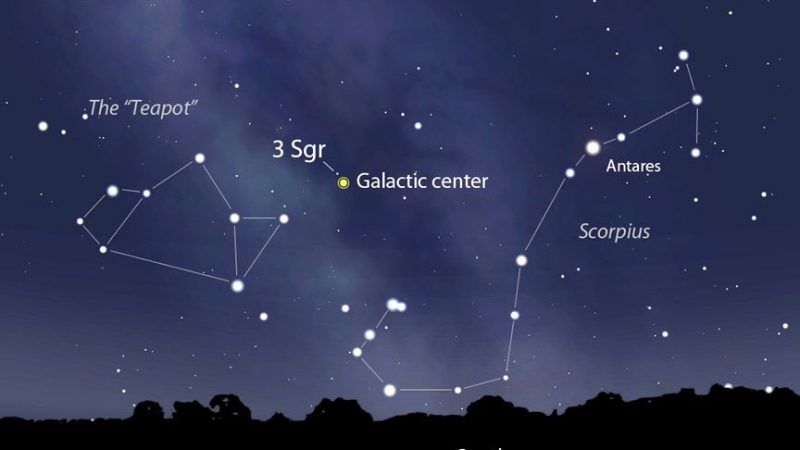
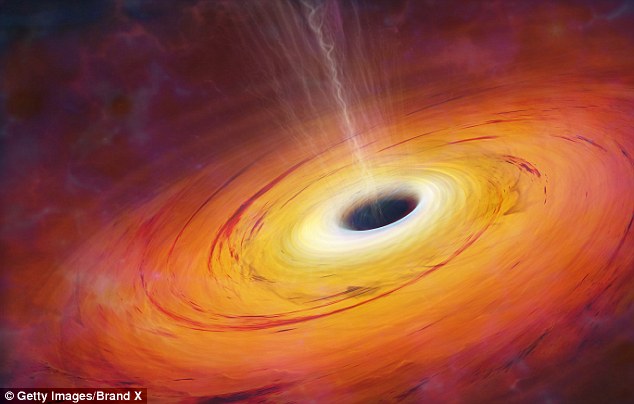
S2 completes an orbit around Sagittarius A* once every 16 years and at its closest point the star comes closer than 20 billion kilometers to the black hole, a distance that is about 120 times that between our Earth and the Sun. At that closet point S2 has to move at 3% of the speed of light in order to not be swallowed by Sagittarius A*. Just imagine that, an object as big and massive as a star moving at 3% the speed of light!
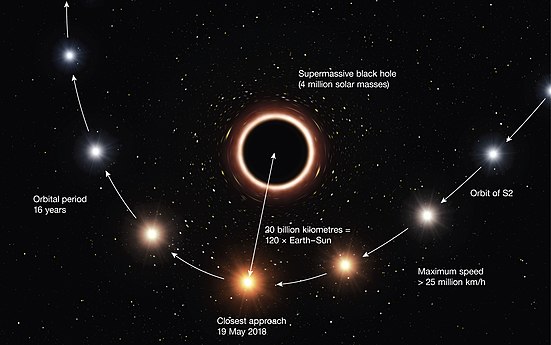
Analyzing their data the astronomers, led by Reinhard Genzel, Director at the Max Planck Institute for Extraterrestrial Physics, have now published their results in an article in the journal Astronomy and Astrophysics. What the astronomers have found confirms Einstein’s theory once again. Even at a distance of 26,000 light years they were able to measure the precession of S2’s orbit around Sagittarius A* and it matches up with Einstein’s theory nicely. In fact their results have allowed them to make the most precise measurement yet of the mass of the black hole itself, 4 million times the mass of our Sun.
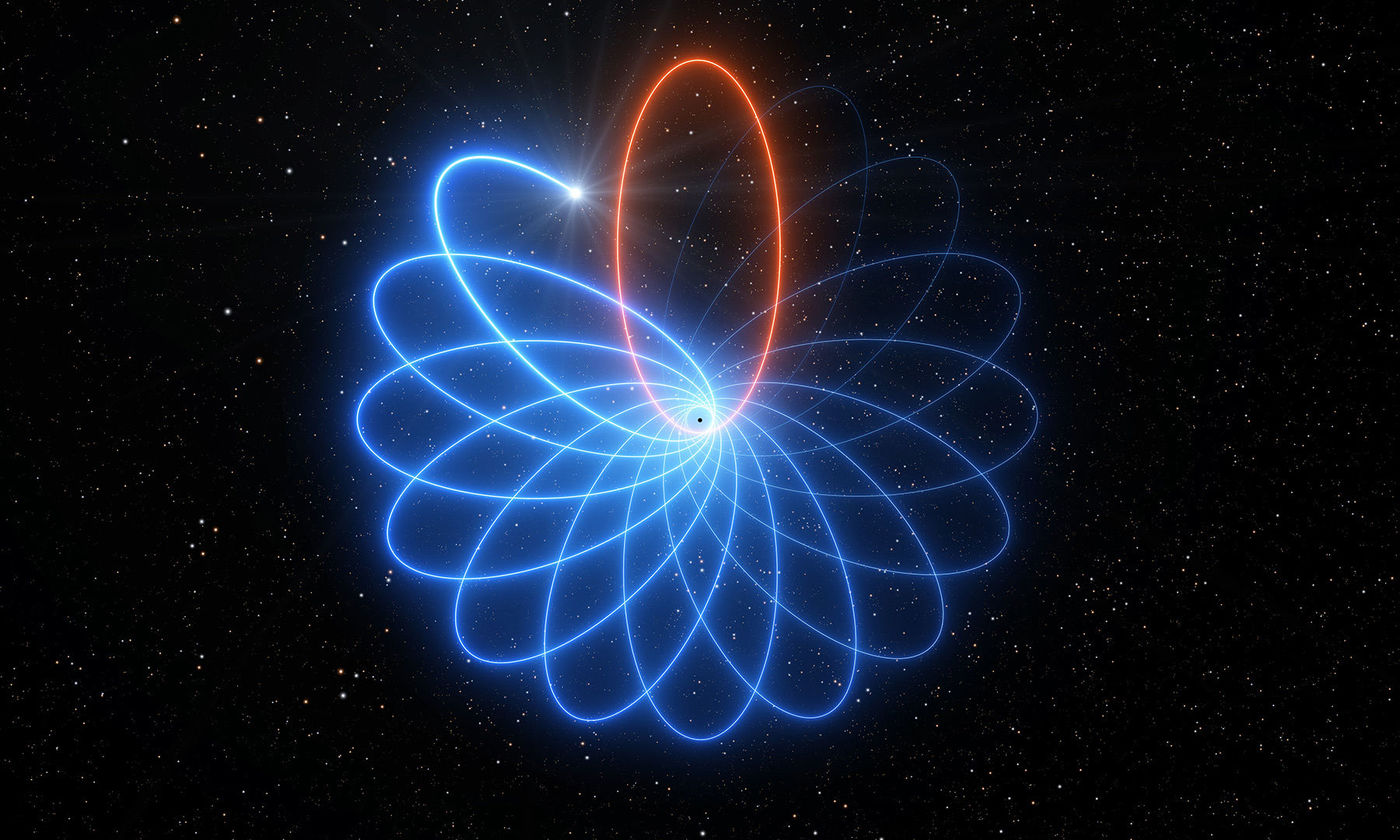
Future observations of S2 and the region around Sagittarius A* will be even more precise and detailed once construction is completed on the ESO’s new Extremely Large Telescope (ELT) in 2025. The astronomers hope to find fainter stars that come even closer to Sagittarius A*, perhaps even close enough to feel the dragging of space-time caused by the spin of the black hole. That’s another prediction of Einstein’s theory that has yet to be observed anywhere. That would be further proof that General Relativity is the most accurate theory for space-time outside of a black hole.
But as for what goes on inside a black hole? That’s going to have to wait for the physics of the future.
